What should you be eating if you have a fatty liver?
Non-alcoholic fatty liver disease (NAFLD) is now the most common cause of chronic liver disease worldwide and will have a major impact on the health care requirements of many countries in the future. NAFLD can progress to cirrhosis, liver cancer and liver failure. These are the reasons I have done a lot of research into the diet and nutritional therapies that can reverse the pathology of NAFLD.
The liver possesses remarkable properties of repair and renewal and it is possible to completely reverse NAFLD if it is detected early enough. We are seeing NAFLD in a much younger population and it is not uncommon in overweight children. This is worrying because the earlier in life you develop a fatty liver, the more likely you are to develop complications.
I have developed a very specific way of eating, which is designed to:
- Reduce the fat in the liver
- Minimise liver damage
- Improve the function of insulin
- Make weight loss easier
This is not a low-fat low-calorie diet, and unlike those old fashioned diets, will not leave you hungry and tired. It is not a high protein diet either but rather provides you with first class protein regularly throughout the day, along with plenty of vegetables and some good fats. Enjoy this way of eating, as your liver will definitely thank you for it!
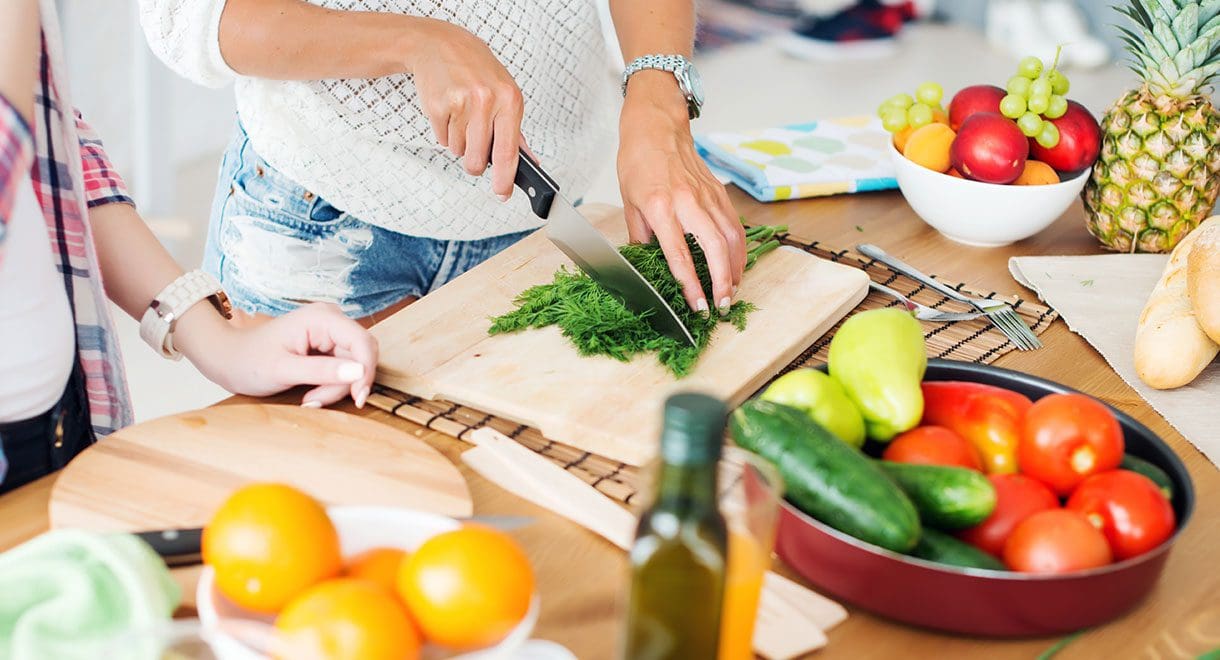
With your meals it is ideal to include:
- Raw plant food, especially raw vegetables. A maximum of 2 pieces of fruit daily are allowed while you are trying to lose weight. Most fruits are fairly high in sugar. Vegetables contain very little sugar, therefore you can eat unlimited quantities.
- Cooked vegetables of different varieties including some starchy vegetables (except potatoes); this will compensate for the fact that you will not be eating bread, biscuits and sugary desserts.
- First class protein from one or more of the following choices –
– Any seafood, canned or fresh (not smoked or deep-fried)
– Poultry
– Lean fresh red meats
– Eggs – organic or free range
– Legumes (beans, chickpeas or lentils) & raw nuts & seeds
– Protein powder – make sure it does not contain sugar; ideally use Synd-X Slimming Protein powder which is sweetened with the herb stevia. You can use this powder to make delicious smoothies.
Extra Tip: Satisfy your hunger
You may eat enough to satisfy your natural hunger at every meal and snack. Those who work in occupations requiring high physical exertion or those who do a lot of sport will need to eat larger amounts. Listen to your body and follow your natural instincts when it comes to the amount of food you need to eat to feel satisfied and happy. It is not how much you eat that counts, it is what you are eating that is so important for your liver and insulin levels.
Quick easy healthy snacks
Healthy in between meal snacks may include –
- Canned seafood (sardines, salmon, mackerel, crab meat or tuna) – one small can mixed with the juice of ½ a fresh lemon or 1 Tbsp of natural yoghurt and fresh chopped herbs.
- A protein smoothie made with coconut milk or almond milk and 3 tablespoons fresh or frozen berries.
- Raw nuts and seeds of any variety by themselves, or with 1 piece of fresh fruit. Fresh nuts are best and you can add salt to them if desired. Use one handful of nuts maximum.
- Raw vegetables – good examples are carrot, cucumber, zucchini, or celery sticks, or broccoli florets dipped into tahini, hummus or freshly mashed avocado.
- Raw fruit – one to two pieces of fruit by itself – or with 10 raw nuts or plain yoghurt.
- Avocado dip or bean dip with sticks of raw vegetables or par-steamed vegetables such as broccoli, cauliflower.
- A raw vegetable juice – one glass full. Raw juices are an excellent source of highly concentrated vitamins, minerals and antioxidants. My book Raw Juices can Save your Life contains numerous raw juice recipes.
Remember to stay away from or minimise the following danger foods–
- Sugar and sweets; some cheap chocolates contain hydrogenated vegetable oils which are most unhealthy. If you do indulge in a little chocolate the best types are dark chocolate with a minimum of 70 percent cocoa solids.
- Foods containing flour.
- “Diet foods” that claim to be slimming – they are usually low in fat and high in sugar or artificial sweeteners, eg. Diet yoghurts, diet jams, diet ice-cream, diet sodas, etc; These diet foods are not slimming; they are very fattening.
- Fried snacks – such as potato chips, tortilla chips, pretzels, crackers, etc.
- Pizza.
- Fried take away foods.
- Biscuits – both sweet and savoury varieties, as they contain flour, hydrogenated vegetable oils, and if sweet will be high in sugar.
- Crumpets, muffins, bagels, white bread and doughnuts.


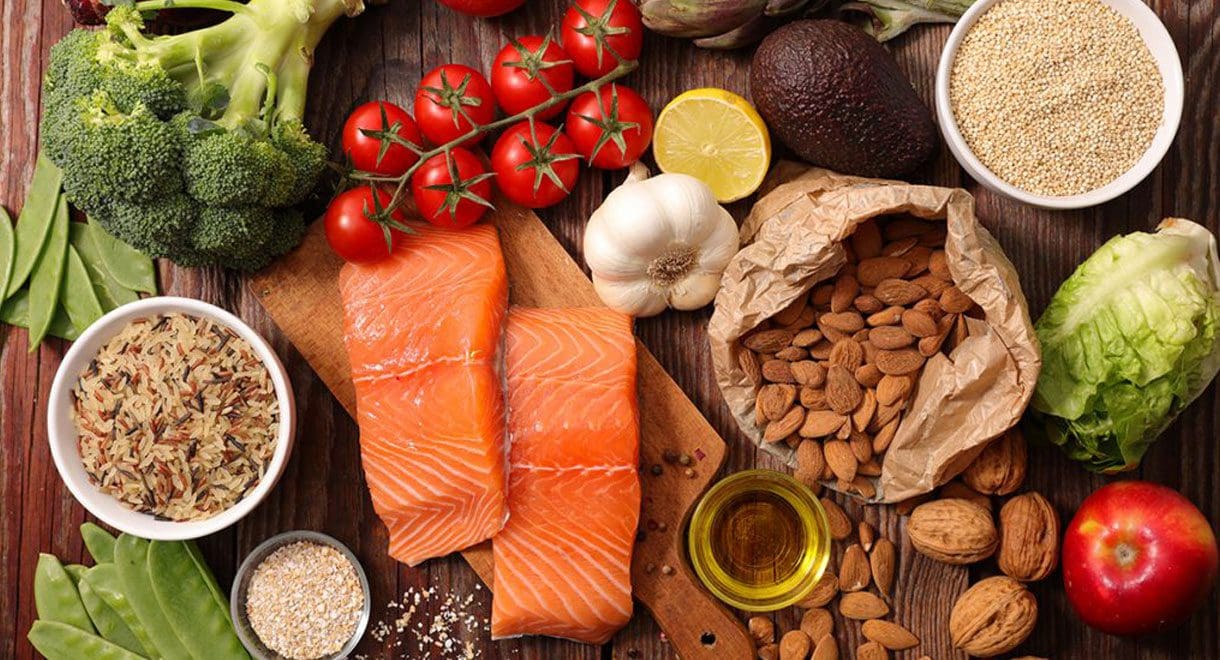
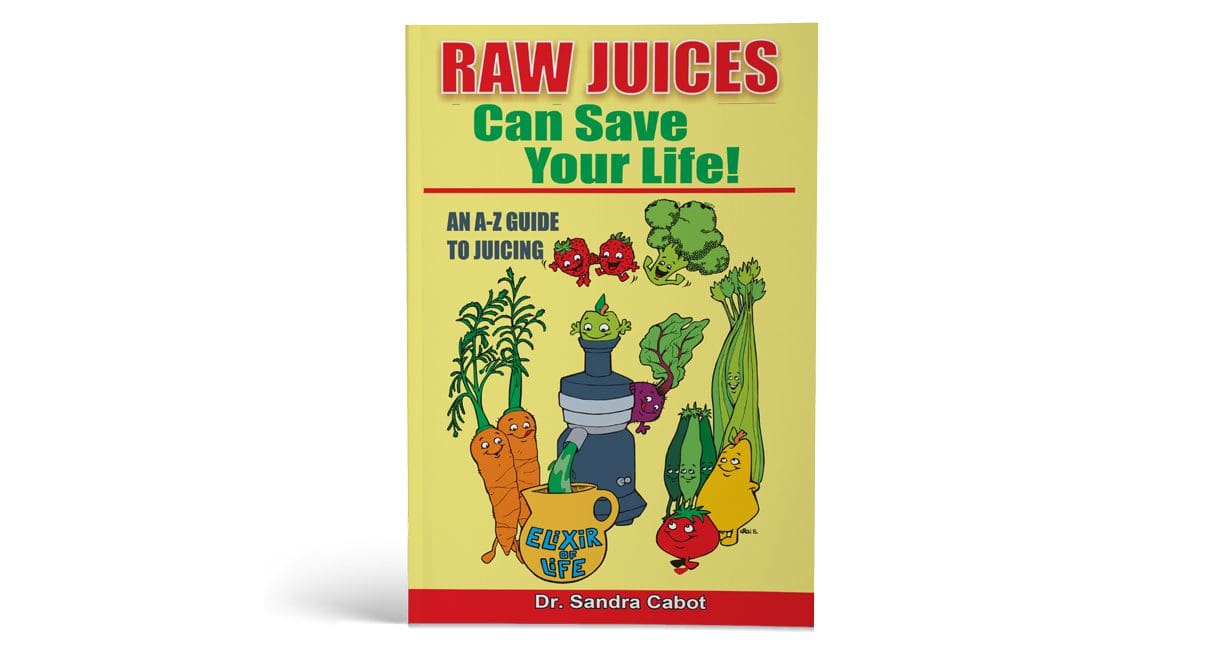

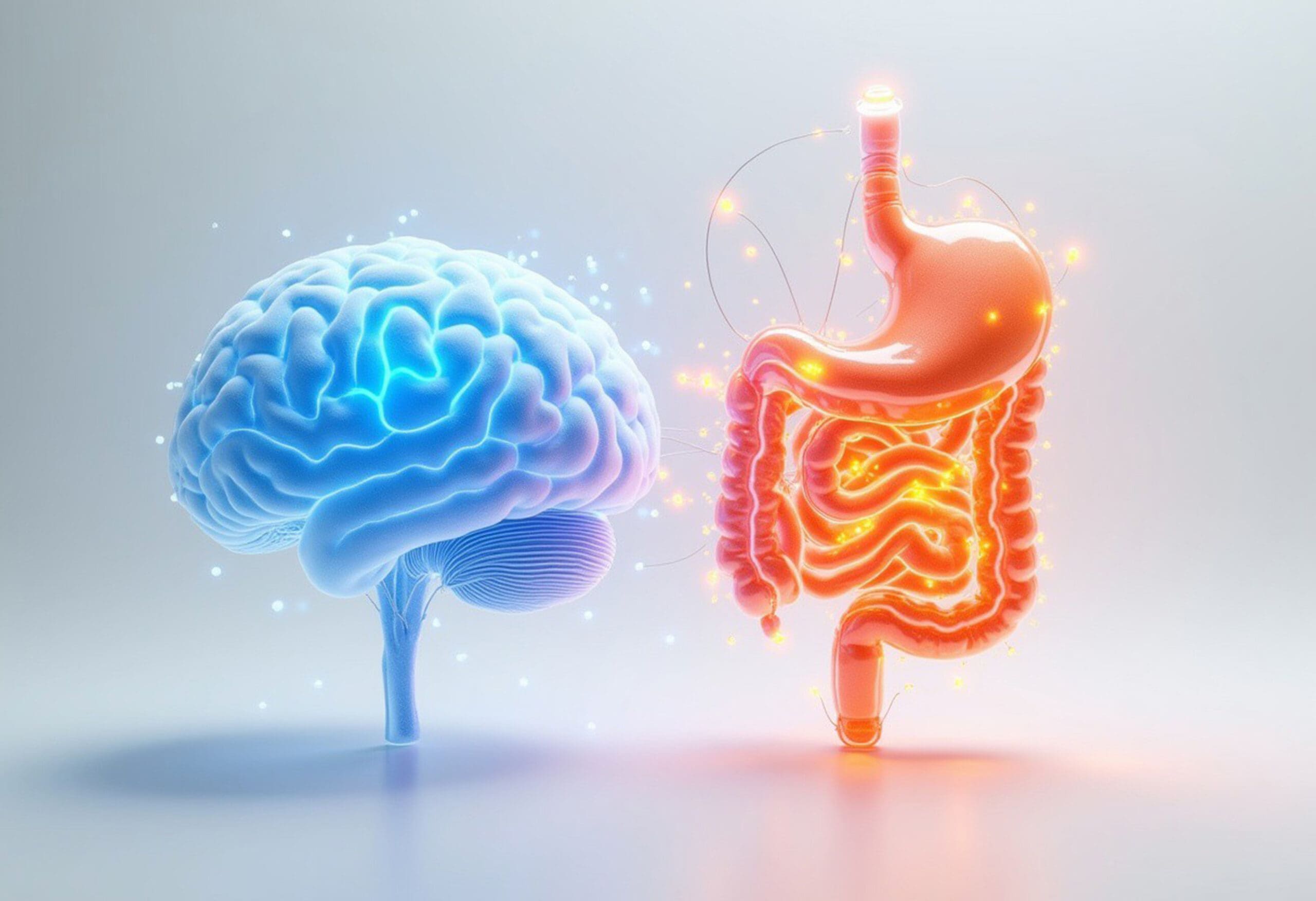
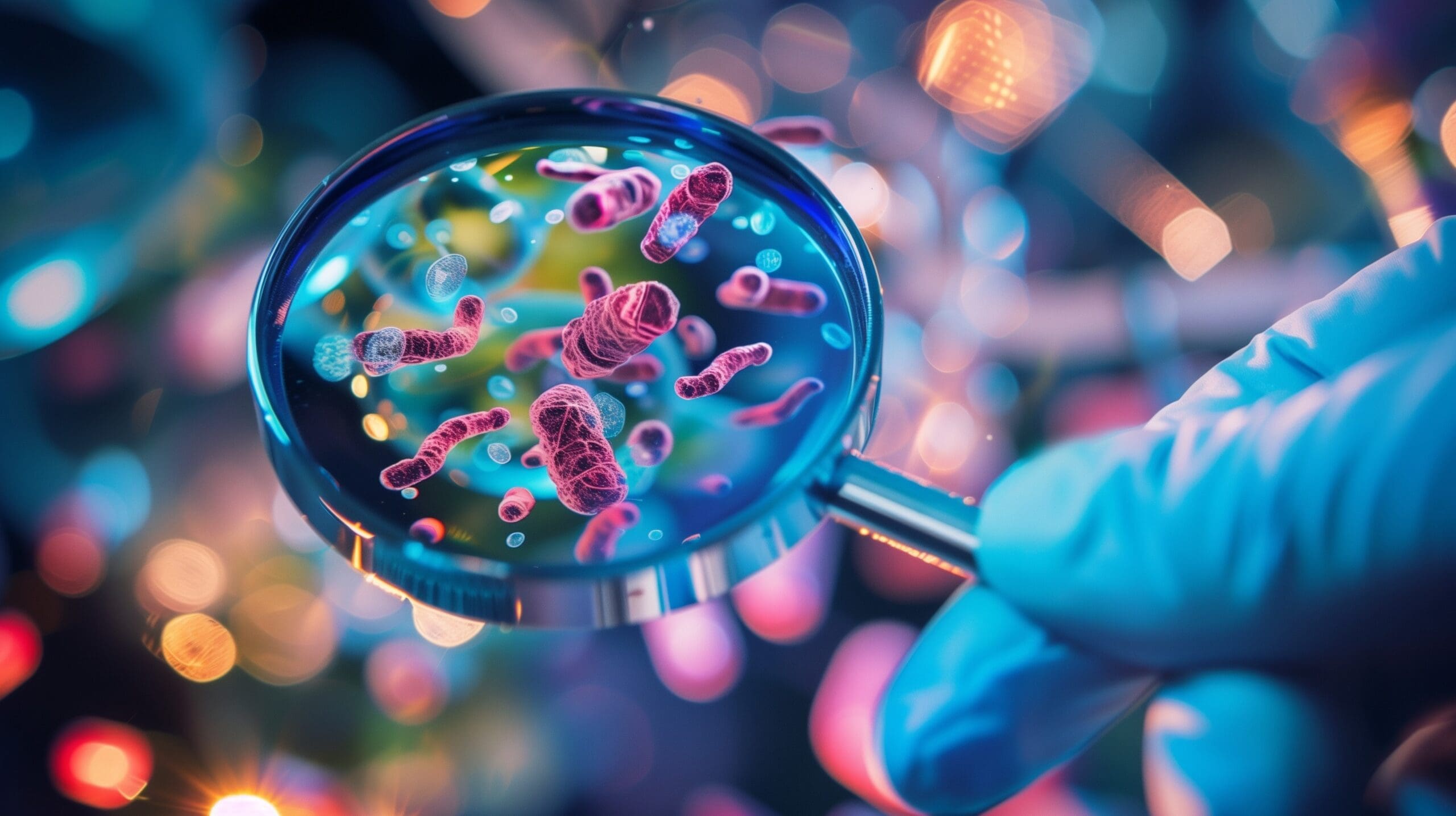
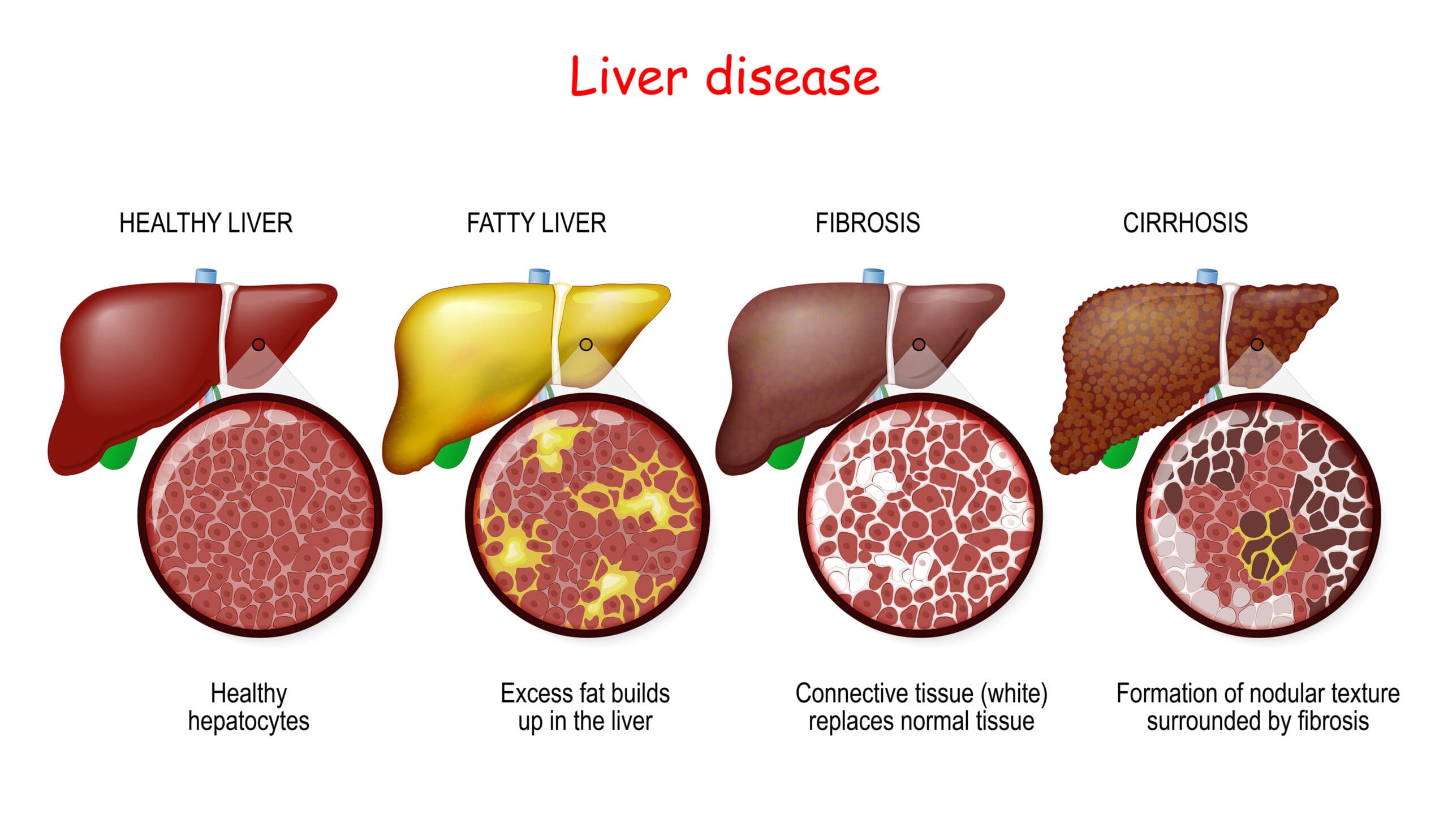
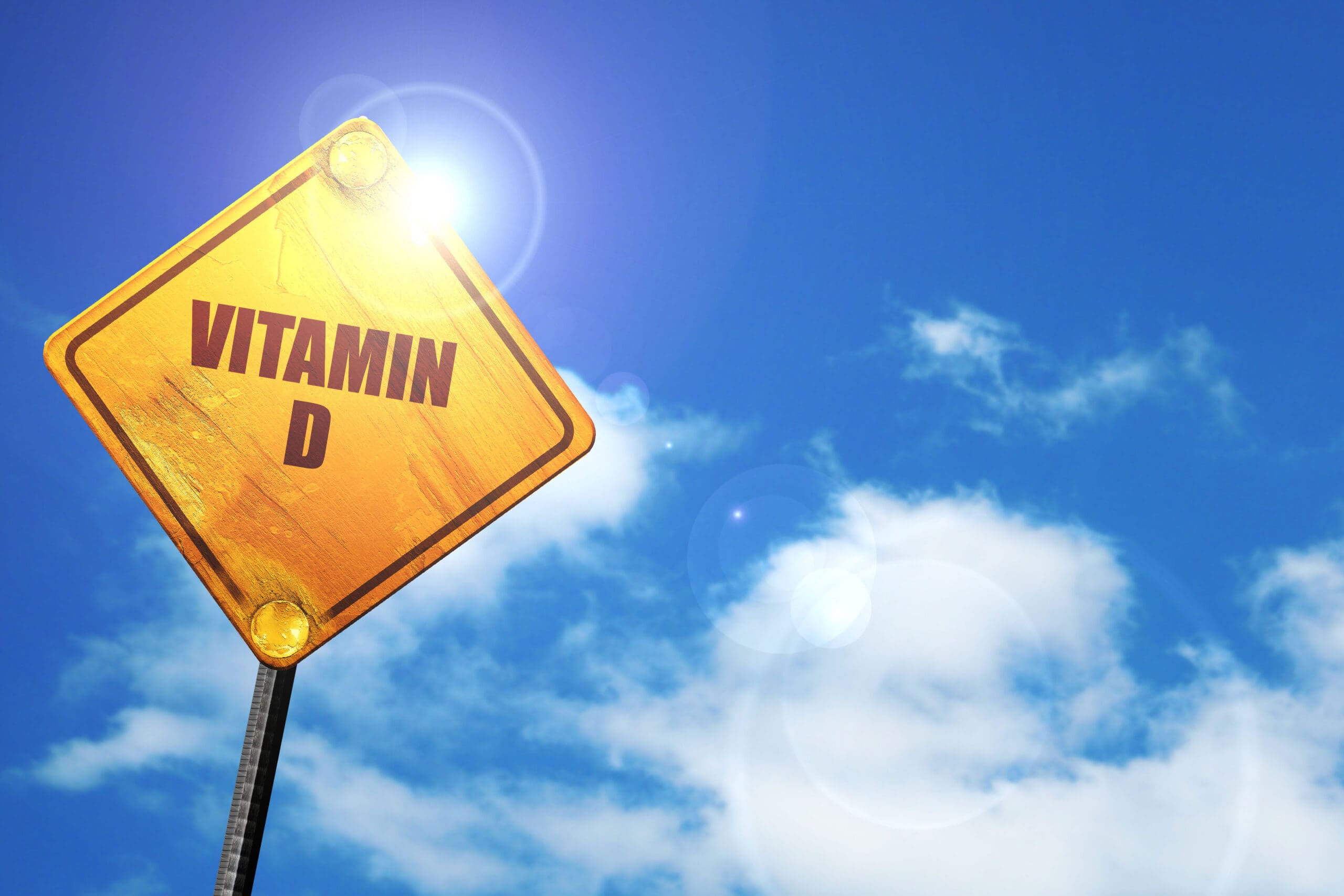
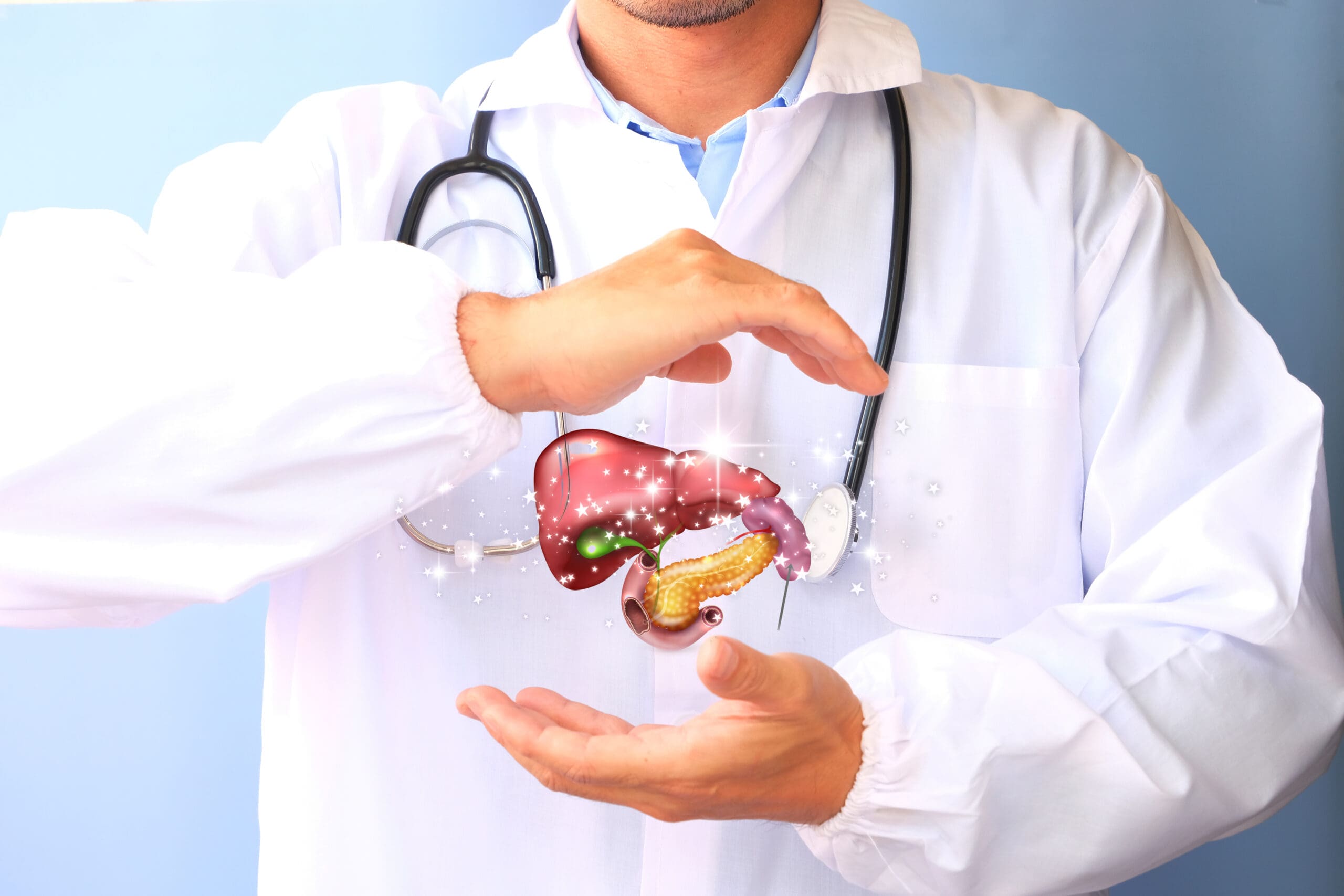
Leave A Comment